5940014807769
Price Quote Get an up to date pricing and availability quote for this product. Order online or over the phone.
Quality Commitment
Serving our customers with quality and safety first.
- AS9120 Certified
- Audited supply chain
- ITAR Registered
- DDTC Registered
- HAZMAT Certified
- Customer service objectives
- Every product 100% inspected

5940-01-480-7769 Specification Set by the OEM (see RNCC code 3)
0.168in.
barrier type
0.376in.
solid construction
2.598in.
0.375in.
0.500in.
0.500in.
0.281in.
2 unthreaded hole
single row
terminal board
interposing barriers between terminals yield higher electrical ratings and provide additional protection against frayed wire shorting; barrier terminal blocks are equipped with binder head screws; ul recognized; molded monoblock general purpose phenolic black; brass eyelet; nickel eyelet plating; steel screw material; nickel over copper flash screw plating; brass solder terminal material; tin solder terminal plating; regular barrier; 4-40 x 0.250 screw size; size 16 wire size; 1000 vac rms max.; minus 55 to plus 300 degree f. operating temp.
plastic phenolic board
tin terminals
Cross Reference Parts Part numbers that meet the specification outlined on this page and set by the OEM
Identification Item Identification Guide (IIG) and Item Name Code (INC)
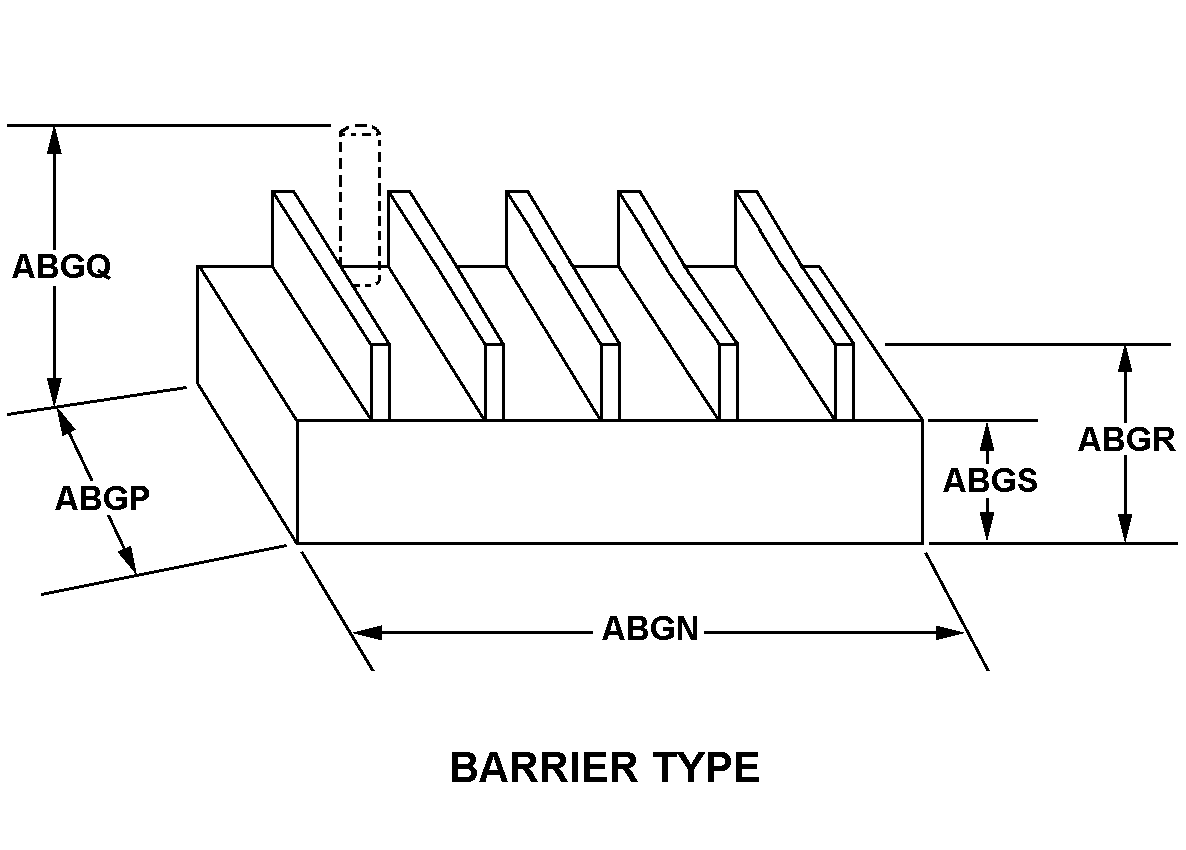
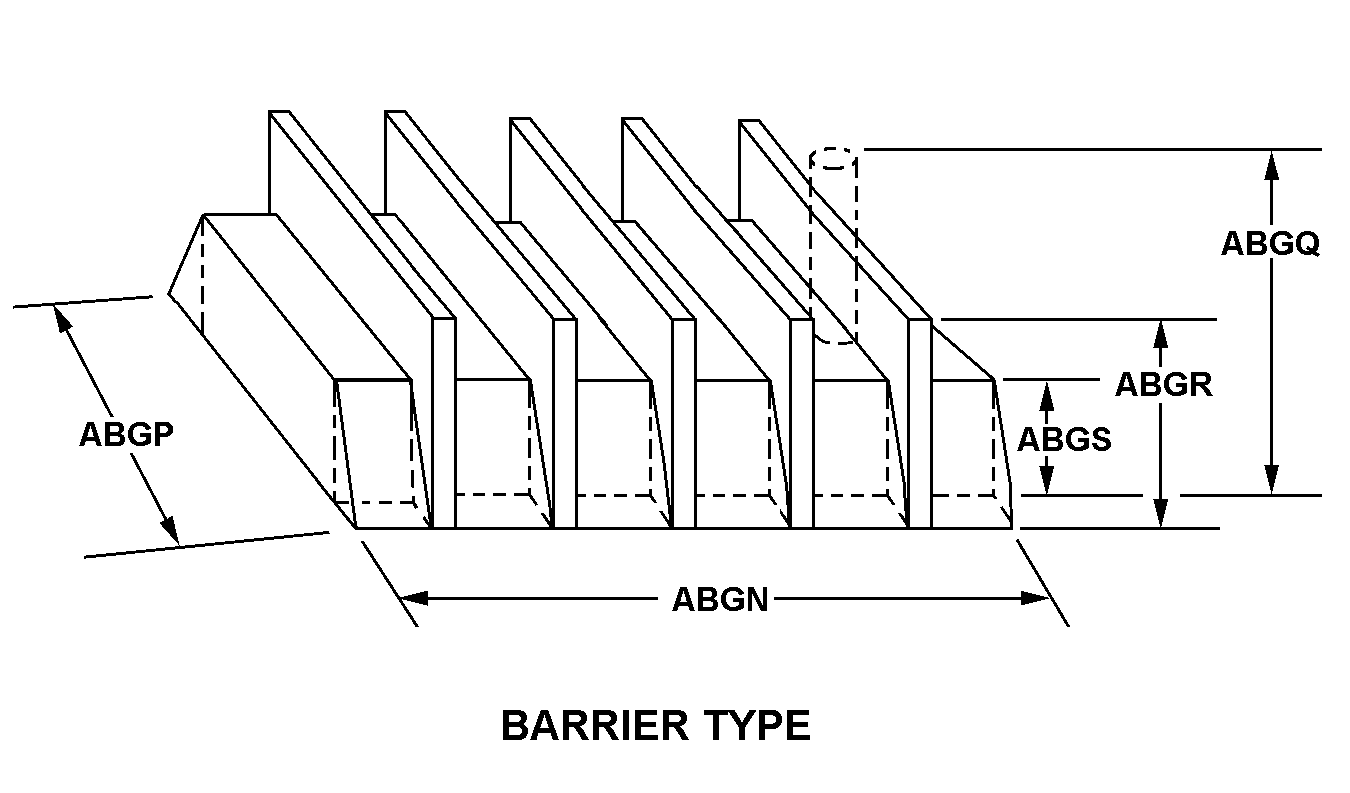


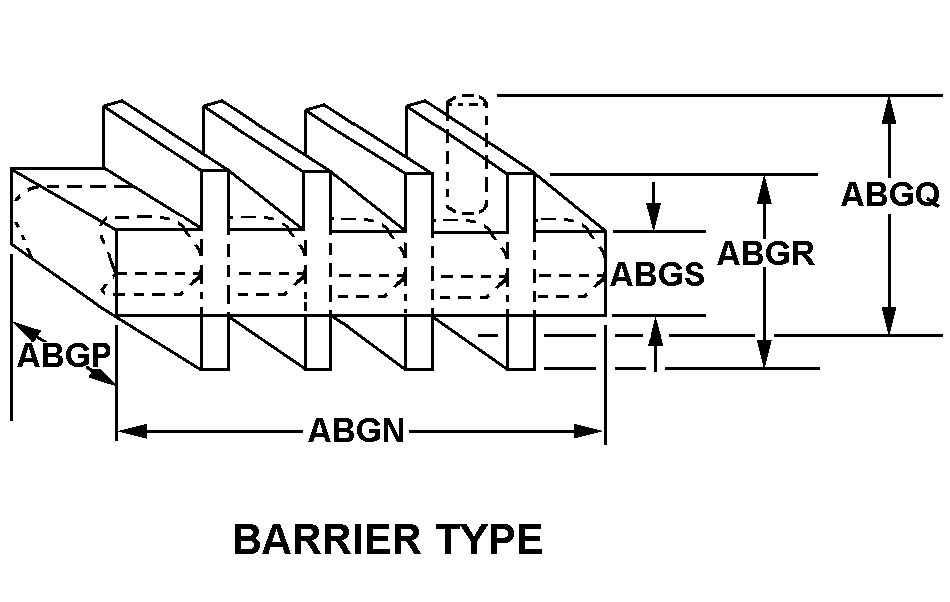
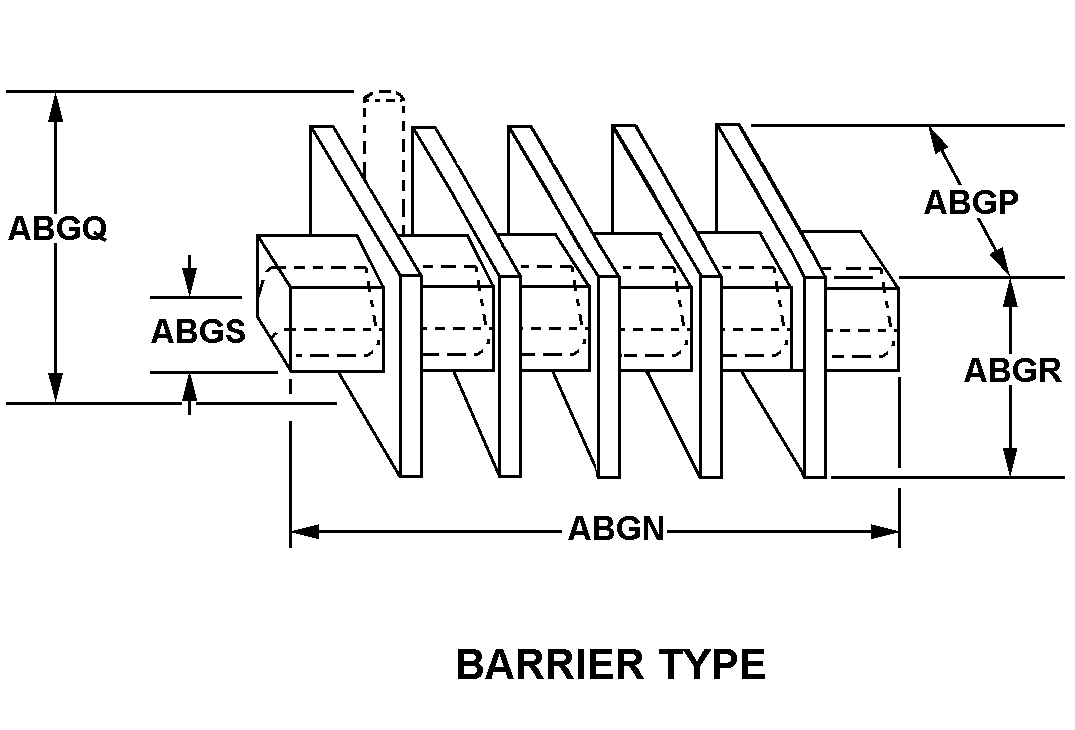
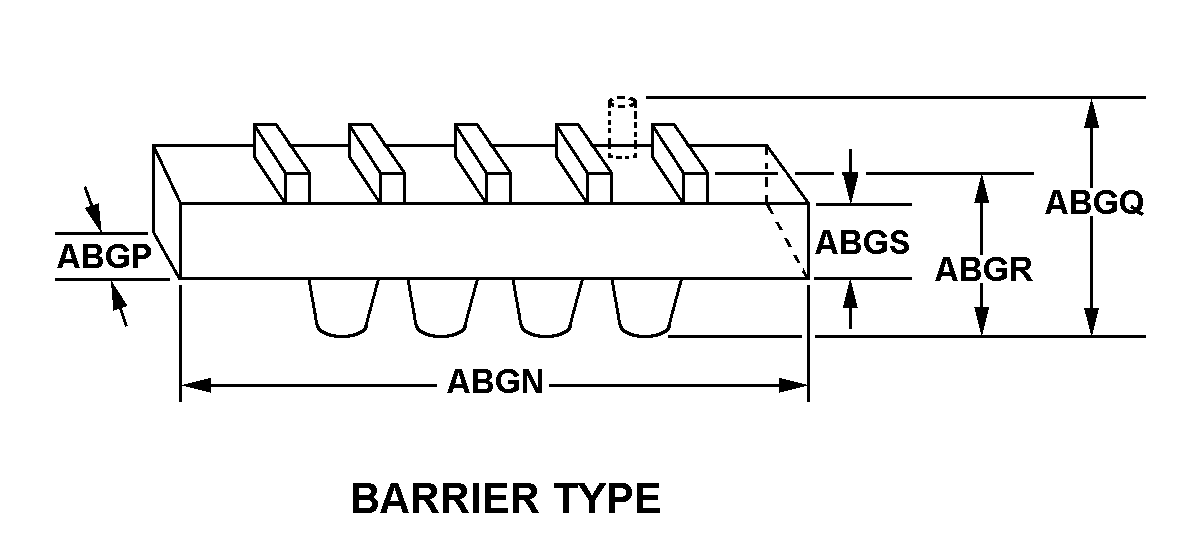
Definition Definition of approved item name (AIN): "TERMINAL BOARD"
An item consisting of insulating material, which is specifically designed to have fastened thereon, or on which are fastened terminal(s), such as screws, solder lugs, solder studs, solderless connectors, clips, and the like. It is usually used for junctions or terminations of wire or cable assemblies. It does not include items as defined above with parts, such as resistors and capacitors mounted thereon. Do not use if a more specific name exists, such as fuseholder; holder, resistor; fanning strip; contact assembly, electrical; jack assembly, tip; chamber, cable terminal; panel (2) (as modified); connector (as modified). Excludes terminal, stud; terminal, feedthru, insulated; post, binding, electrical; and chassis, electrical-electronic equipment. For items having printed electrical conductor paths, see printed wiring board.
5940-01-480-7769 Material Hazmat, Precious Metals, Criticality, Enviroment, and ESD
Indicates there is no data in the hmirs and the nsn is in a fsc not generally suspected of containing hazardous materials.
Item does not contain precious metal.
No known electrostatic discharge (esd) or electromagnetic interference (emi) sensitivity.
Represents items with no adp components
The item does not have a nuclear hardened feature or any other critical feature such as tolerance, fit restriction or application.
Identification Codes
HMIC: Hazardous Material Indicator Code. A one position code that identifies a hazardous item.
PMIC: Precious Metal Indicator Code. A one position code which identifies items that have precious metals as part of their content. precious metals are those metals generally considered to be uncommon, highly valuable, and relatively superior in certain properties such as resistance to corrosion and electrical conductivity.
ESD: Electrostatic Discharge. Indicates if an item is susceptible to electrostatic discharge or electromagnetic interference damage. electrostatic discharge damage occurs when an accumulation of static electricity generated by the relative motion or separation of materials is released to another item by direct contact. electromagnetic interference damage occurs when an item comes into proximity with an electrostatic or magnetic field.
ENAC: Enviromental Attribute Code. Identifies items with environmentally preferred characteristics.
CRITL: Criticality Indicator Code. Indicates an item is technically critical by tolerance, fit, application, nuclear hardness properties, or other characteristics.






